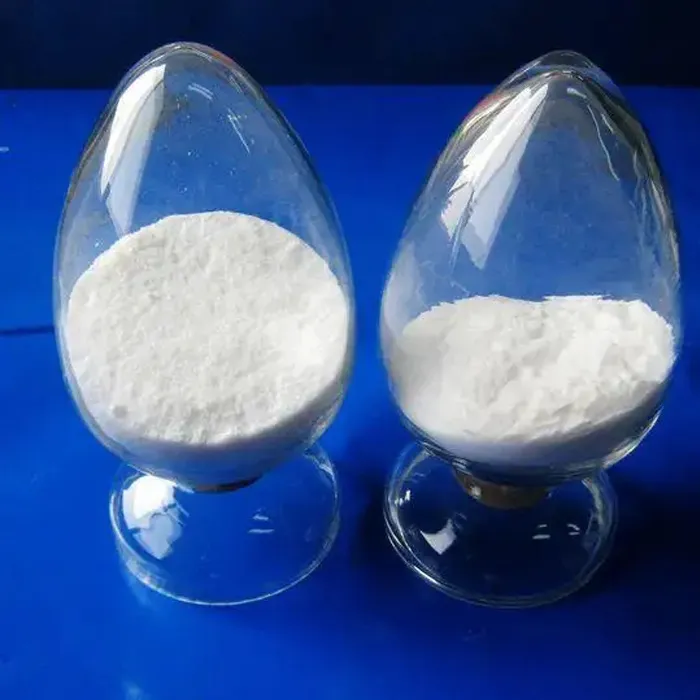Non-Chemical Treatment for Cooling Towers An Eco-Friendly Approach
Cooling towers are essential components in various industrial processes, providing efficient heat exchange and playing a crucial role in maintaining optimal operating temperatures. However, the treatment of water used in these systems often relies heavily on chemical additives to prevent scale, corrosion, and biological growth. As environmental concerns rise and regulations become stricter, the need for non-chemical treatment methods has gained significant attention. This article explores the benefits, methods, and effectiveness of non-chemical treatments for cooling towers.
Understanding the Issues with Chemical Treatments
Chemical treatments, while effective in managing water quality, pose several challenges. The use of biocides, anti-scaling agents, and corrosion inhibitors can lead to harmful environmental impacts, including water pollution and ecological disruption. Additionally, the handling and disposal of these chemicals can pose health risks to workers and surrounding communities. As a result, industries are increasingly seeking sustainable alternatives to chemical treatments.
Non-Chemical Treatment Methods
1. Physical Water Treatment
One common non-chemical treatment method involves the use of physical technologies such as electrocoagulation, magnetic fields, and ultrasonics. These methods manipulate the physical properties of water to reduce scaling and biofouling without the need for chemical additives. For instance, electrocoagulation utilizes an electrical current to destabilize particles in the water, leading to their aggregation and easier removal.
2. Filtration and Separation
Advanced filtration systems like microfiltration, ultrafiltration, and reverse osmosis can effectively remove suspended solids, bacteria, and other contaminants. By treating the water before it enters the cooling tower, these systems minimize the potential for scaling and fouling. Additionally, sedimentation tanks can separate contaminants through gravity, allowing cleaner water to circulate within the system.
Bioreactors and biofilters are increasingly being used to control biological growth in cooling towers. These systems utilize natural microbial processes to degrade organic matter and prevent the proliferation of harmful bacteria and algae. By promoting the growth of beneficial microorganisms, the overall microbial balance is maintained, reducing the need for chemical biocides.
non chemical treatment for cooling towers

4. Water Monitoring and Management
Implementing advanced water quality monitoring systems can play a pivotal role in optimizing cooling tower operations. By utilizing sensors and data analytics, operators can continuously monitor parameters such as temperature, conductivity, and microbial levels. This real-time data enables proactive management, allowing for adjustments in water usage and treatment strategies without overly relying on chemicals.
Benefits of Non-Chemical Treatments
The shift toward non-chemical treatment methods offers numerous advantages. First, these technologies are generally more environmentally friendly, reducing the risk of chemical spills and pollution. Second, they often lead to lower operational costs over time, as reliance on expensive chemicals is diminished. Additionally, non-chemical treatments can enhance the lifespan of cooling tower equipment by reducing corrosion and scale buildup, resulting in fewer maintenance interventions.
Furthermore, non-chemical approaches can contribute to sustainability goals by conserving water and energy. As industries strive to meet stricter environmental regulations and corporate sustainability targets, adopting these innovative treatment methods can position them as leaders in environmental stewardship.
Challenges and Considerations
Despite their numerous benefits, non-chemical treatments are not without challenges. The initial investment in advanced technologies can be significant, and not all facilities may have the capability to implement them effectively. Furthermore, the effectiveness of non-chemical methods can vary based on local water conditions and specific operational requirements.
However, ongoing research and technological advancements continue to improve the efficiency and feasibility of non-chemical treatments. As the industry evolves, combining multiple treatment strategies may yield the most effective results.
Conclusion
In conclusion, non-chemical treatments for cooling towers present an attractive alternative to traditional chemical methods, addressing both environmental and operational challenges. By investing in advanced technologies and systems, industries can not only improve water quality management but also contribute to a more sustainable future. As the demand for greener solutions continues to grow, non-chemical treatments will likely play a pivotal role in the evolution of cooling tower operations, benefiting both the industry and the planet.

